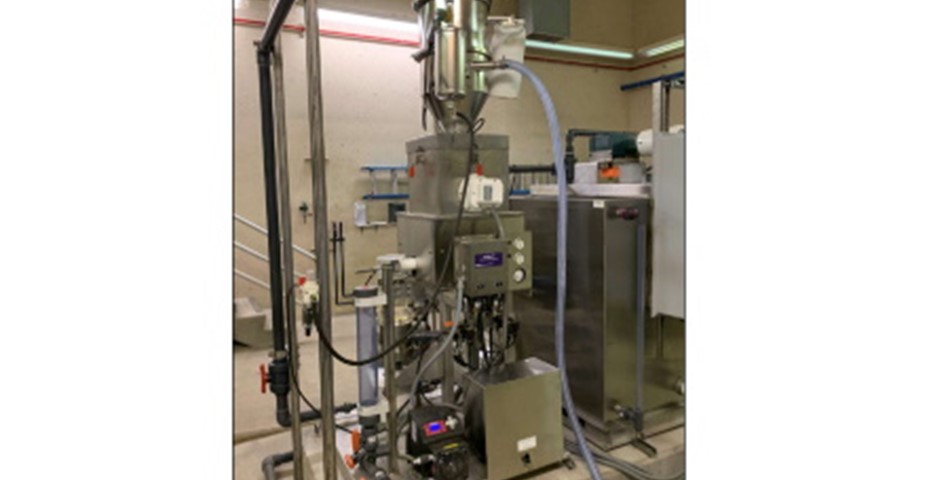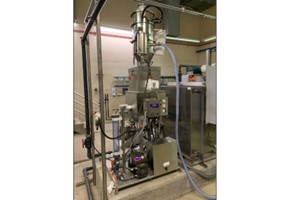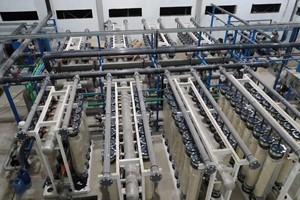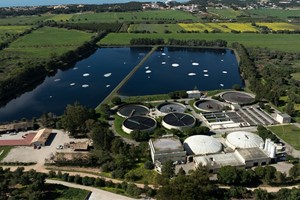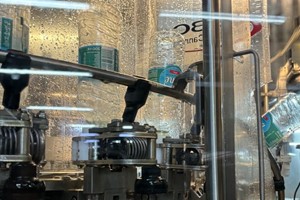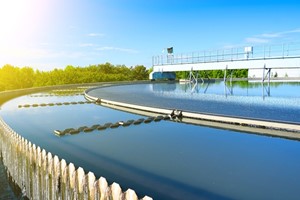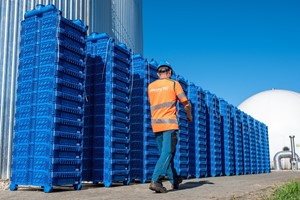Located in the spectacular White River National Forest west of Denver, the City of Glenwood Springs Water Department serves just under 10,000 residents in the scenic resort community. Many communities in the western United States contend with periodic drought and associated fire risks - Glenwood Springs is no different.
Embodying a spirit of resiliency and self-sufficiency, the City had already installed two Microclor On-Site Hypochlorite Generation (OSHG) systems to allow for the generation of sodium hypochlorite water disinfectant with just sodium chloride (table salt) and electricity. In August of 2020, Jeff Rhodes and Zack Williams of UGSI Solutions, Inc. were at the City’s Red Mountain WTP aiding in the start-up of the two OSHG systems. During the training session, City Operations Superintendent Warren Hays received a call from his staff regarding a fast-moving fire in the vicinity of the plant’s two water sources (Grizzly Creek and No Name Creek). Observing smoke across the valley, Mr. Hays immediately suspended the training and started to plan for potentially poor water quality due to the fire impact on the water sources.
After the fire, the City engaged Carollo Engineers and Moltz Construction to help plan for the degraded raw water quality that could be expected for many years. In addition to numerous pre-sedimentation upgrades to the WTP and the addition of custom plate settlers in the existing sedimentation basin, the team considered an upgrade to the polymer coagulation system to provide enhanced separation. Ultimately the design team chose the UGSI Chemical Feed Polyblend Dry Polymer Activation system to provide optimal polymer efficiency.
The Polyblend DP series dry polymer preparation system offers a unique two-stage method of initial high-shear mixing followed by lowshear mixing. The efficient mechanical activation of the dry polymer ensures polymer optimization and lowers operating costs. An innovative stainless steel "hollow wing" mixing impeller in the mix/hold tank reduces polymer consumption by providing proper energy at low speed through impeller size and recirculation to prevent agglomerations while minimizing polymer fracture. By adding this gentle mixing step, the size of a system’s subsequent aging tank can be reduced and save overall footprint. With minimal maintenance and a small footprint, the Polyblend DP is fully automatic and easy-to-operate.
Additionally, operations staff opted for a vacuum dry polymer loading system versus manually carrying 50-pound bags of dry polymer up a flight of stairs to a platform over the feed hopper. This design feature eliminated the cost of a platform and stairs, but also reduced the potential for operator injury. The operator simply opens a bag of polymer, inserts the vacuum wand into the bag and the system transfers the polymer into the storage hopper.
Source: UGSI Solutions, Inc.



